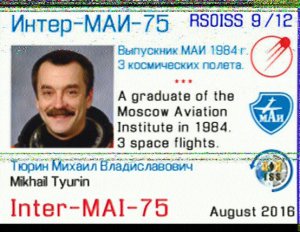AMSAT Argentina drifting Buoy on 145.825 MHz APRS
AMSAT Argentina drifting Buoy on 145.825 MHz APRS
 On Thursday, January 30 at 1400 GMT AMSAT Argentina will deploy drifting Buoy on South Atlantic Seas that aims to transmit APRS on the satellite packet frequency of 145.825 MHz. WSPR will also be transmitted.
On Thursday, January 30 at 1400 GMT AMSAT Argentina will deploy drifting Buoy on South Atlantic Seas that aims to transmit APRS on the satellite packet frequency of 145.825 MHz. WSPR will also be transmitted.
AMSAT Argentina report:
The APRS beacon, callsign LU7AA-11, will initially be on Argentina’s APRS frequency of 144.930 MHz but will change frequency to 145.825 MHz so that it can be digipeated by the amateur packet radio satellites.
The WSPR beacon will run 900 mW on 14095.6 kHz with the call sign LU7AA.
Release will be 100 km offshore Mar del Plata coast, seeking east aiming currents/winds.
Objective: Sea currents tracking and HF/VHF/SAT QRPp propagation tests.
AMSAT Argentina, LU7AA, will appreciate WSPR stations receiving/reporting 20m.
Further information and pictures at http://amsat.org.ar?f=buoy
m5aka
AMSAT-UK
Powered by WPeMatico


 https://www.ofcom.org.uk/consultations-and-statements/category-2/improving-spectrum-access-for-wi-fi
https://www.ofcom.org.uk/consultations-and-statements/category-2/improving-spectrum-access-for-wi-fi Get The Details…
Get The Details… special certificate
special certificate